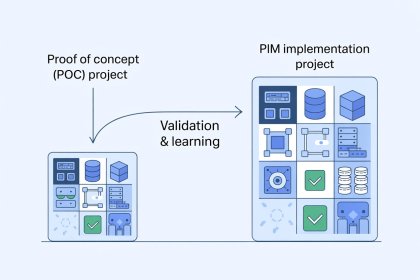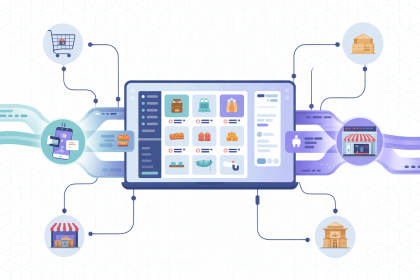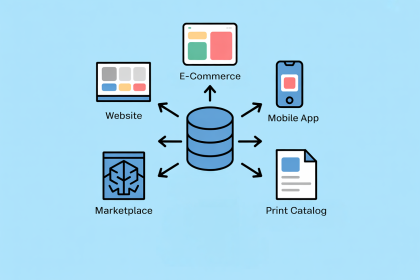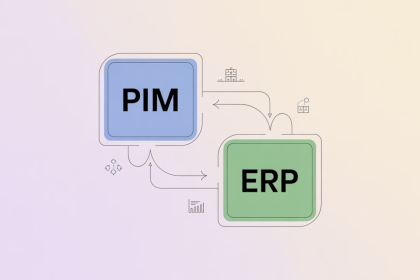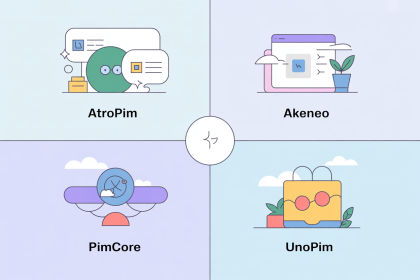Blog
Is POC Project a Must-Do before PIM Implementation?
Discover why a proof of concept (POC) is essential before implementing a PIM system – avoiding costly misalignment, rework, and ensuring a successful full rollout.
PIM for Retailers: The Digital Backbone of Modern E-Commerce
Struggling with chaotic product data? Discover how PIM for Retailers centralizes operations, cuts costs, and leverages AI to boost e-commerce revenue and reduce returns.
PIM Benefits for Omnichannel Success and Customer Experience
80% of retailers are not confident in the quality of their product data. The solution to that is PIM.
Proprietary vs open-source PIM software: detailed comparison
Some open-source PIM solutions also provide commercial support and maintenance.
How PIM and AI Are Revolutionizing E-Commerce Revenue Growth
E-Commerce wird anspruchsvoller und immer mehr produktbezogene Prozesse sollen automatisiert werden. Dies macht ein PIM im E-Commerce ein Muss.
PIM vs ERP - Differences and Synergies
An ERP handles operations and stock, and a PIM enriches product information, media, and descriptions across all sales channels.
Open Source PIM Systems Compared - AtroPIM, Pimcore, Akeneo, UnoPIM
Pimcore, Akeneo, UnoPIM, and AtroPIM are all open-source PIMs, each differing in functionality, complexity, and commercial support.
PIM evaluation with 100% guaranteed success!
Find out here what you should pay particular attention to when selecting a PIM. What are the best practices for PIM evaluation?
Moving Data from Excel to PIM systems: Best Practices
We will explore the practical elements of excel to pim data migration, the technologies used, and the steps to take.
The Best PIM for Managing Complex Product Hierarchies and Structures
PIM software should support multi-level hierarchies with categories, subcategories, and detailed control over product attributes.
The Role of PIM APIs in Driving Business Efficiency
Thanks to API PIM users can exchange data with marketplaces, ERPs, E-Commerce Stores, CRMs, update this data in real time, and more.
How to Choose Both Affordable and Functional PIM System
As a rule, open-source PIM solutions are more affordable than proprietary PIM.


